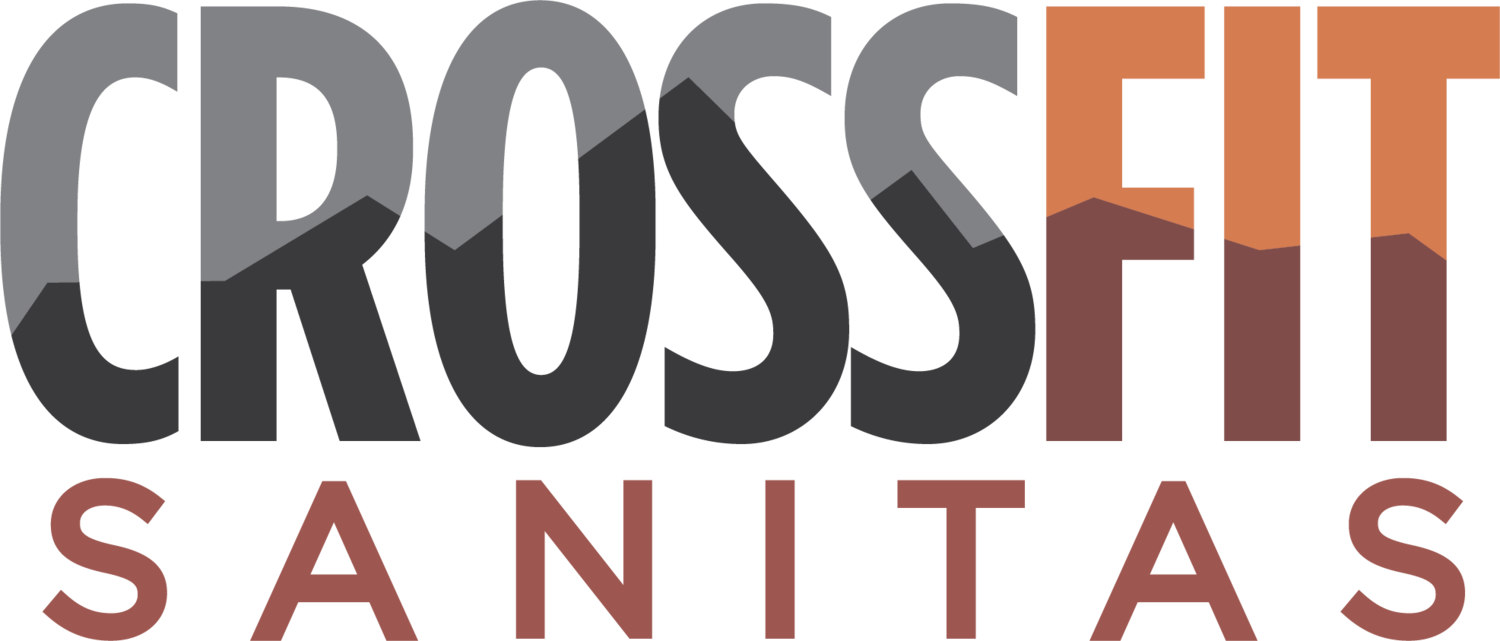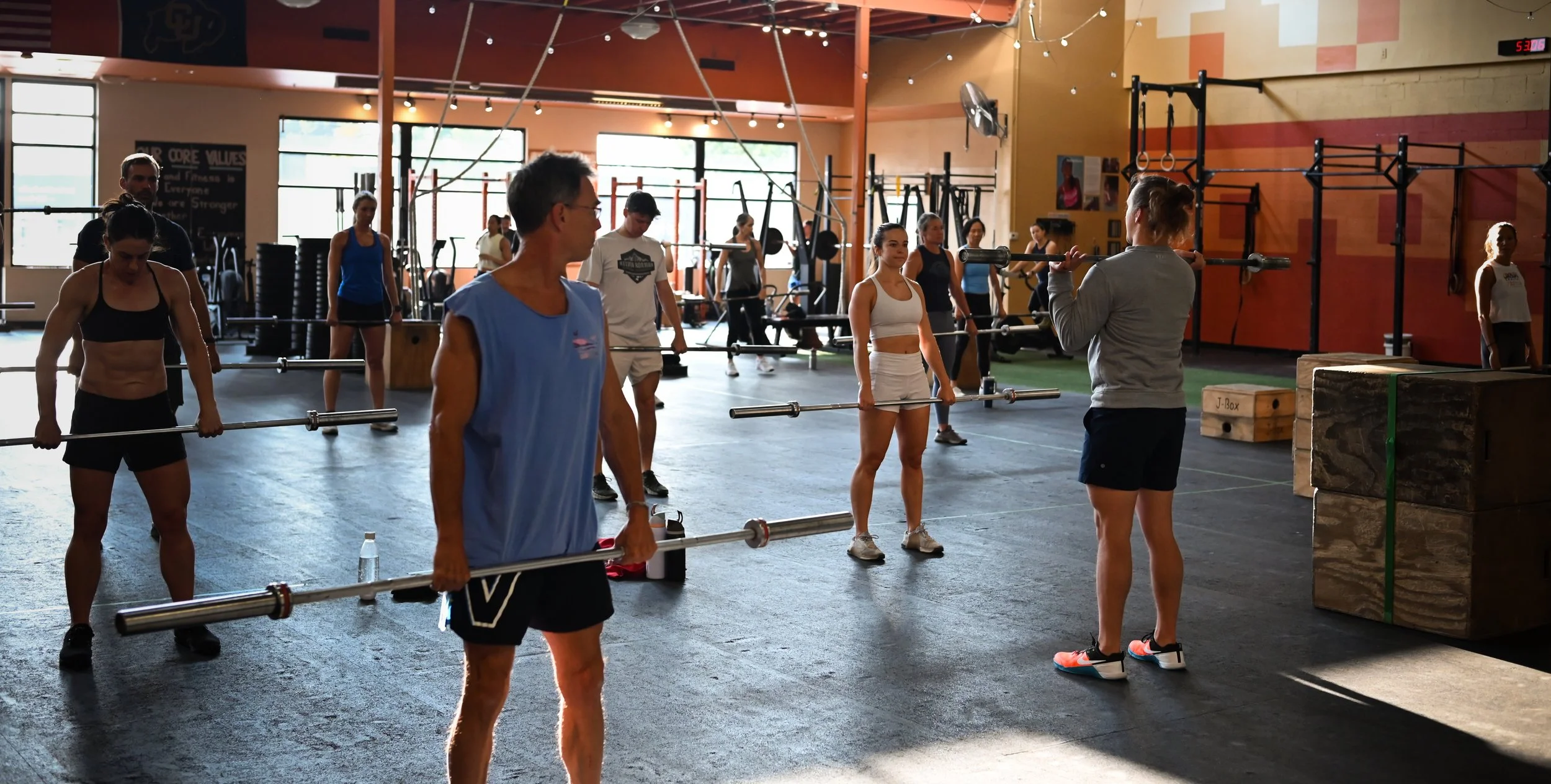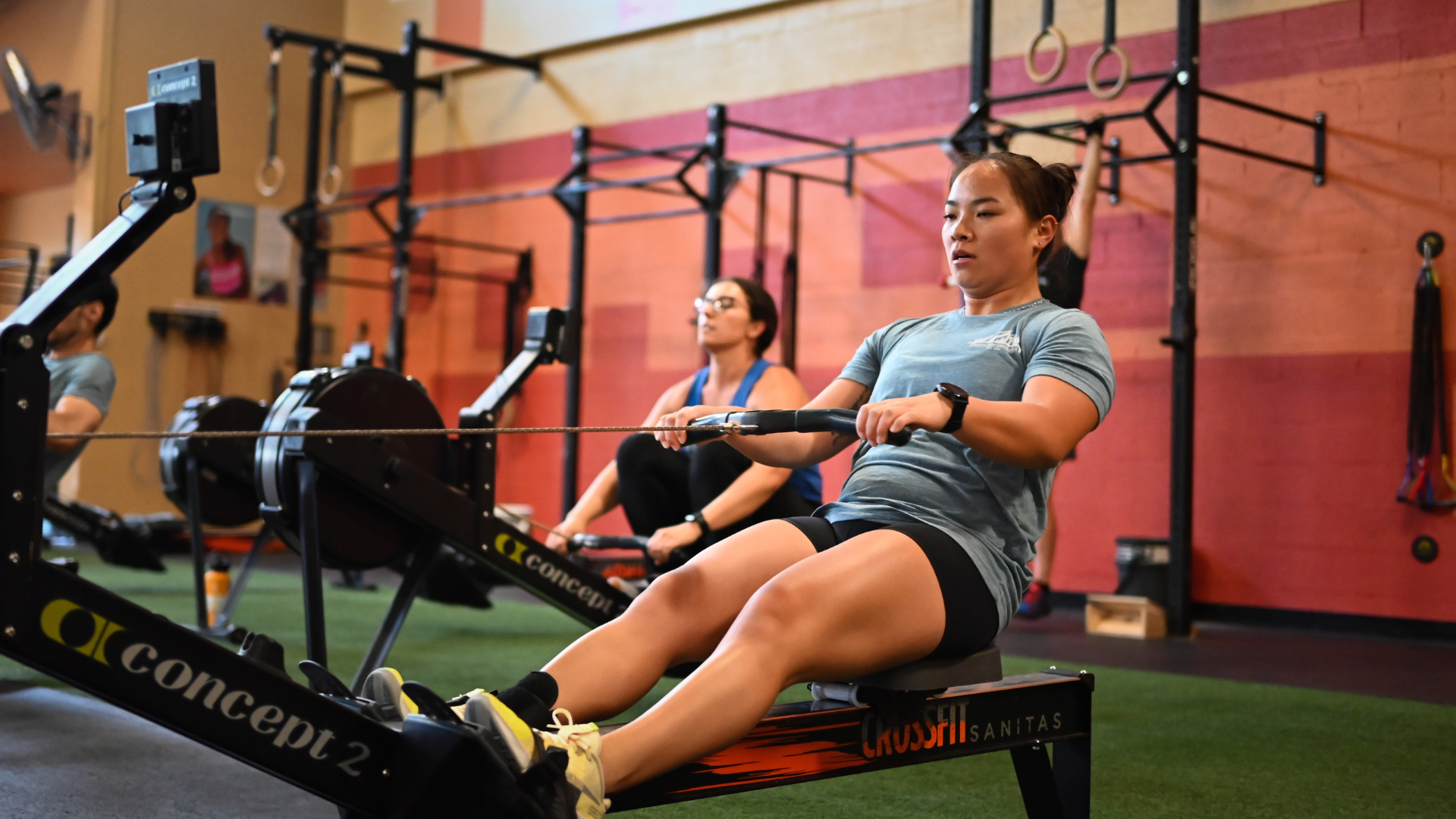What Does RX Mean in CrossFit? A Complete Guide for Beginners
If you’ve ever looked at a CrossFit workout and seen the letters “RX” next to it, you might have wondered what it actually means. In CrossFit, RX is more than just a notation; it’s a benchmark. It confirms that the workout was completed exactly as prescribed, with the recommended weights, movements, and repetitions.
For beginners, RX can feel intimidating, like a standard set too far above your current level. But the concept isn’t about pressure, it’s about clarity. It gives you a way to measure progress, track improvements, and safely push your limits at your own pace.
In this guide, we’ll break down the concept of RX, explain how it relates to scaling and progression, and provide tips for beginners to approach it safely and effectively.
What RX Means in CrossFit
In CrossFit, RX stands for “as prescribed.” When a workout is labeled RX, it means you are performing it exactly as written by the coach or program, with the suggested weights, movements, and repetitions. Essentially, it’s the standard version of the workout without any modifications. For example, a WOD might be listed as:
10 Deadlifts at 185 lbs
15 Pull-Ups
20 Box Jumps
If you perform the workout exactly as listed, you are doing it RX.
Stop spinning your wheels - learn how CrossFit delivers results a regular gym can’t match!
Why RX Matters
RX is a way to benchmark your performance against the intended standard of the workout. It gives athletes a reference point to measure progress, compare results, and track improvements over time.
However, RX is not a requirement. Many beginners or athletes with limitations will need to scale workouts to match their current abilities. It’s crucial to remember that CrossFit is about consistent progress and safe training, not simply checking the RX box.
RX vs. Scaled Workouts
For beginners or those returning from injury, scaled workouts are a safer and more manageable option. Scaling means adjusting the weight, repetitions, or movements to suit your current fitness level while maintaining the workout’s intent.
For example:
Instead of 185 lbs for deadlifts, you might use 95 lbs
Instead of pull-ups, you could do band-assisted pull-ups or ring rows
Instead of box jumps, step-ups could be used
Scaling does not make the workout easier; it allows you to train effectively and build strength and endurance safely. Over time, as your skills and fitness improve, you can work towards completing RX workouts.
Want to hit RX faster? Learn why smart scaling is the secret to crushing your CrossFit goals safely and efficiently!
How to Approach RX as a Beginner
Many new CrossFit athletes feel pressure to RX every workout. However, it’s essential to prioritize form, technique, and consistency initially. Here are some tips for approaching RX safely:
Focus on Form: Proper technique reduces the risk of injury and ensures you are working the correct muscles.
Start Light: Begin with lighter weights to master movements before increasing load.
Use Scaling: Modify workouts when necessary to match your ability.
Track Progress: Record your workouts and gradually increase weights, repetitions, or intensity.
Listen to Your Body: Pushing too hard, too soon, can lead to injury or burnout.
RX is a goal, not a requirement. Every athlete’s journey is unique, and scaling is part of the process.
Curious about CrossFit? Here’s your guide to surviving and thriving in your first class!
Common Misconceptions About RX
Many beginners believe RX is only for elite athletes, but that’s not true. RX is simply a standard; it does not define who is a “good” or “bad” athlete. Everyone scales at some point, and even experienced CrossFitters scale certain movements to avoid injury or fatigue.
Another misconception is that RX means lifting the heaviest weights possible. In reality, RX is about the weight or reps prescribed in the workout, not pushing beyond what is safe for your body. Completing RX with proper form is more effective than attempting heavier weights incorrectly.
RX and Competition
In CrossFit competitions, RX is crucial. Athletes compete with RX standards to ensure a level playing field. Judges check that the movements and weights are performed as prescribed. For beginners, competing in RX is not necessary, but it can be a motivating goal for those looking to test their skills.
Related Articles:
CrossFit and Aging: Is It Safe for Over 40?
Why Does Form Matter More Than the Weight You Lift in CrossFit?
How Much Do CrossFit Gyms Cost
Tips for Progressing Toward RX
Master Basic Movements: Squats, deadlifts, presses, and pull-ups form the foundation of most workouts.
Gradually Increase Load: Don’t jump to RX weights too quickly. Progression is key.
Use Assistance Tools: Bands, lighter weights, or modified movements can help build strength safely.
Seek Coaching: A qualified coach can help correct form, suggest scaling, and guide progression.
Track Improvements: Keep a log of your workouts, weights, and reps to see your progress over time.
RX CrossFit Programming
CrossFit programming often includes RX as a standard reference for each WOD. This helps athletes:
Compare Performance: You can see how you stack up against the intended standard.
Measure Progress: RX results provide a benchmark for improvement.
Plan Training: Knowing the RX helps you choose appropriate scaling for your ability.
Remember, RX is not about ego; it’s about challenge, consistency, and growth.
RX Workouts at CrossFit Sanitas
If you’re looking for CrossFit in Boulder that fits your level and helps you grow stronger every day, CrossFit Sanitas has you covered. Whether you’re just starting or aiming to complete RX workouts, our classes are designed to challenge you safely while keeping your progress consistent.
We encourage athletes to work at their own pace, listen to their bodies, and scale workouts as needed. RX is a part of our programming, but it is never a requirement for anyone in our classes.
We structure our workouts so that every participant can get a full, effective workout. Beginners start with modified movements and lighter weights, while experienced members can challenge themselves with RX standards. Our coaches are present to guide each member, correct technique, and provide adjustments for any workout.
This ensures that whether you are working toward RX or just completing your scaled version, you are getting the most out of every session. Our goal is not to pressure members into RX, but to create consistent progress, strength, and confidence in every workout. Ready to start your CrossFit journey in Boulder? Join us at CrossFit Sanitas today!
Benefits of Focusing on Progress Over RX
Focusing on consistent progress, rather than solely RX, has several benefits:
Reduces Injury Risk: Scaling appropriately keeps your body safe and prevents overuse injuries.
Builds Confidence: Completing scaled workouts gives motivation and a sense of accomplishment.
Supports Long-Term Growth: Gradual progression ensures steady improvement and sustainability.
Encourages Habit Formation: Consistent training builds fitness habits that last a lifetime.
RX should be seen as a tool to measure improvement, not a standard to pressure yourself into. CrossFit is a journey, and every step counts.
RX in CrossFit simply means performing a workout as prescribed, following the weights, reps, and movements listed. While it serves as a benchmark for performance, RX is not a requirement, especially for beginners. Scaling is an essential part of training, allowing you to build strength, skill, and endurance safely.
At CrossFit Sanitas, we emphasize proper form, individualized coaching, and consistent progression. Whether you are RXing your workouts or scaling them, every session is an opportunity to improve, grow stronger, and enjoy your fitness journey. RX is a goal, not a measure of worth. Your consistency and effort are what truly matter in the long run.


